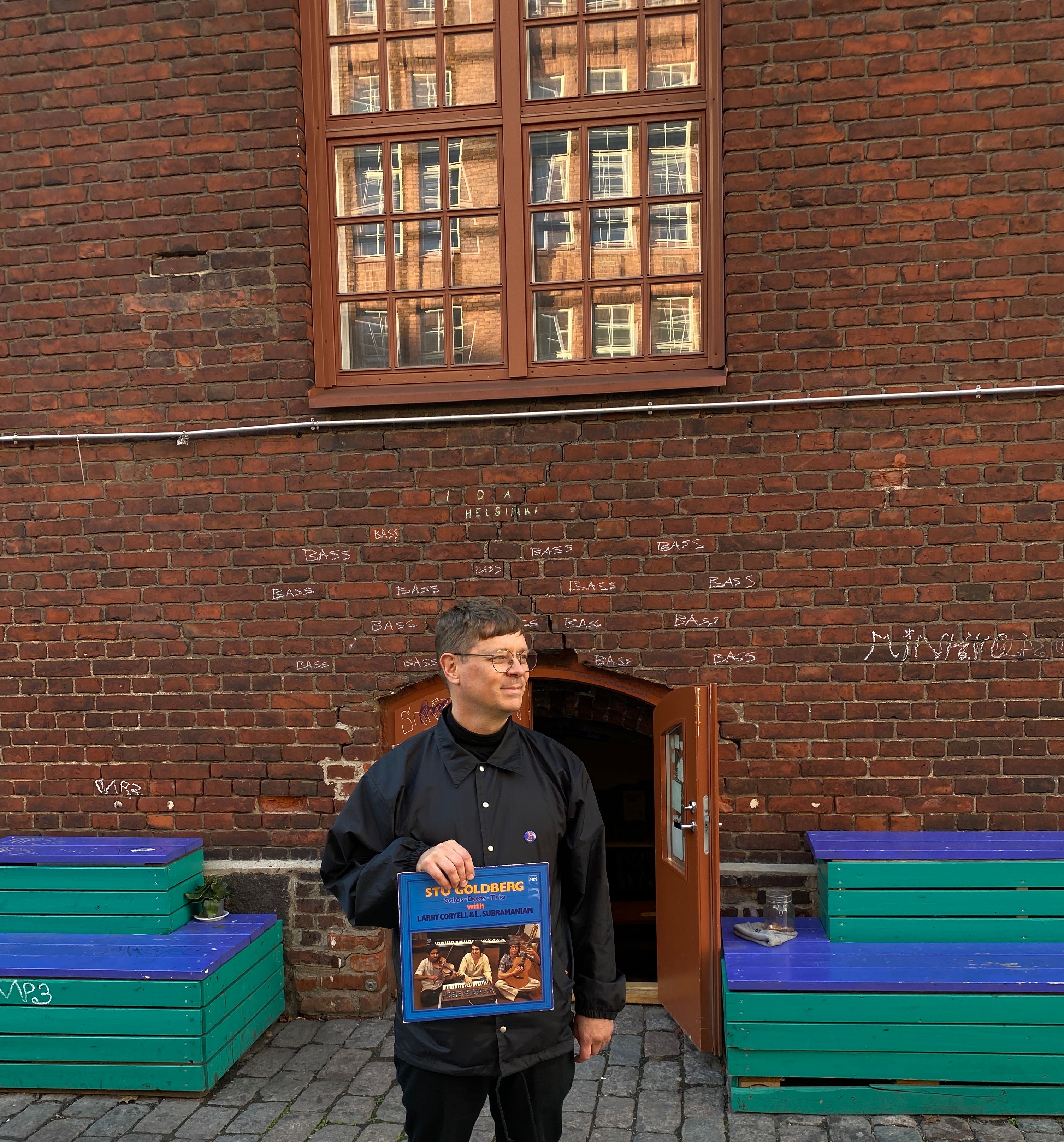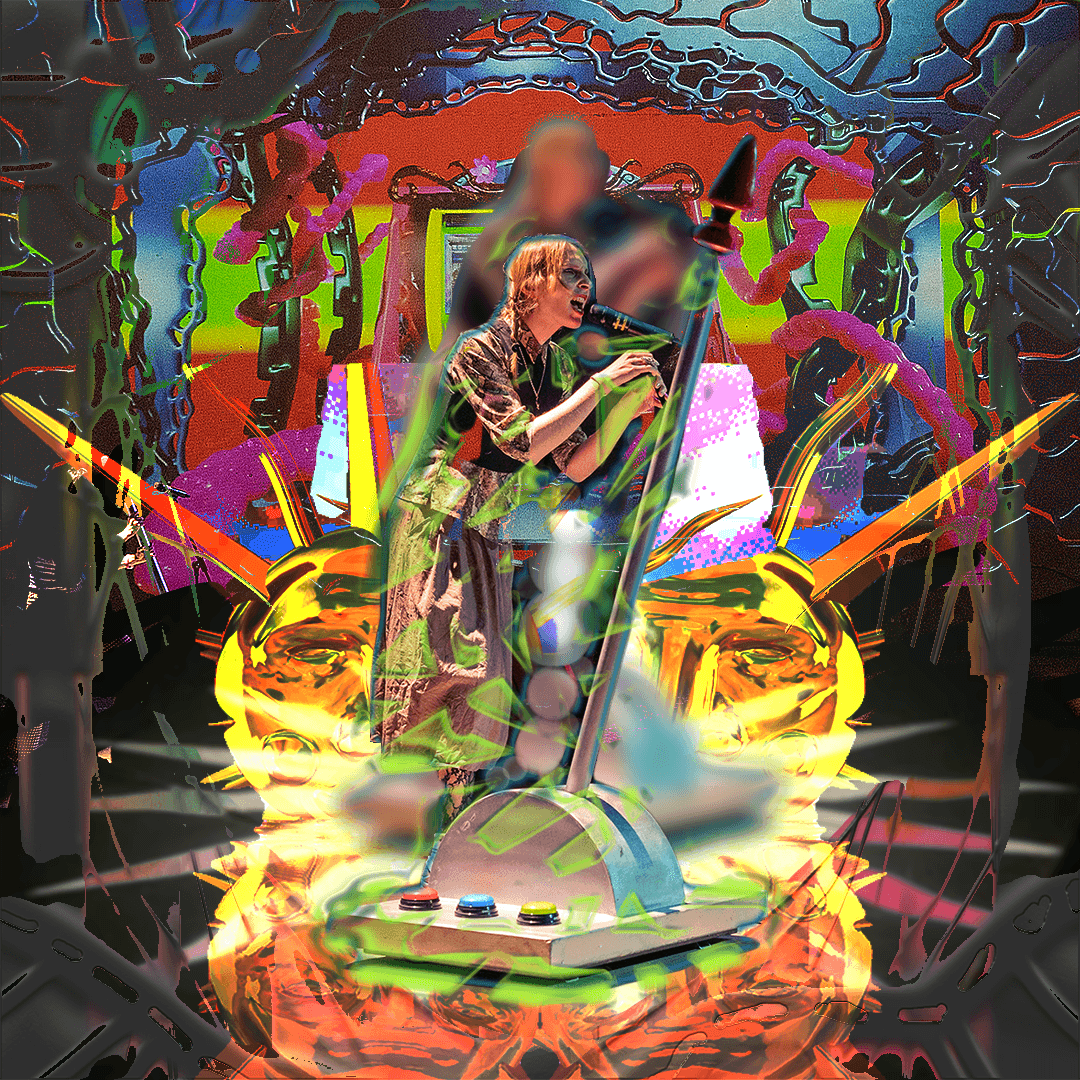Tracklist
For the third episode of Essential Balm I picked an old time favourite of mine - Éliane Radigue (b. 1932) and “Koumé” from her 1980 album “Trilogie de la Mort” [The Trilogy of Death].
In the late 1980s and early 1990s, she devoted herself to a singular three-hour work. Considered to be her masterpiece, the Trilogie de la Mort was released in 1998; the first part kyema Intermediate states follows the path of the continuum of the six states of consciousness. The work was influenced as much by the Bardo Thodol (popularly known as Tibetan Book of the Dead, yet more accurately translated as Liberation Through Hearing in the Intermediate State) and her meditation practice, as by the deaths of Tsuglak Mawe Wangchuk and of her son Yves Arman.
Koumé is the last track in “Trilogie de la Mort” and Radigue has written this about it:
“Work of ashes – Ashes of the illusion that has become light – Descending into the very depths of the sources of life. Where Death comes to life, where Death becomes birth. Actively recommencing – eternity of a perpetual becoming.”
- “Surely, man walks among the shadow”, Psalms 21
- “Qua resurget ex favilla judicantus homo reus”, Requiem Mass
- “Have lightning and thunders their fury forgotten”, Passion according to St. Matthew
- “Where, O death, is your victory?”, Corinthians 15:55
“Tilopa was a mahasiddha, or great adept, who likely lived in the region now known as West Bengal, India, and Bangladesh during late tenth to early eleventh centuries. Not much is known about the details of his life. The existing biographies tell us that he was a cowherd and perhaps someone with a natural talent for meditation and mystical experiences. What is clear is that he became a very experienced meditator who developed a profound understanding of the mind.”
“At its heart, Tilopa’s “six words of advice” or “six nails of key points” meditation instruction is about allowing what is happening in the present moment to happen with simple awareness. It’s about resting the mind and allowing ourselves, by reorienting our experience of mind, to cut through the discursive, reactive patterning that our ordinary samsaric awareness or samsaric mind is focused on. It’s almost as if Tilopa is trying to point a finger at what the experience of meditation or what the experience of mahamudra is all about.” Justin von Bujdoss












































